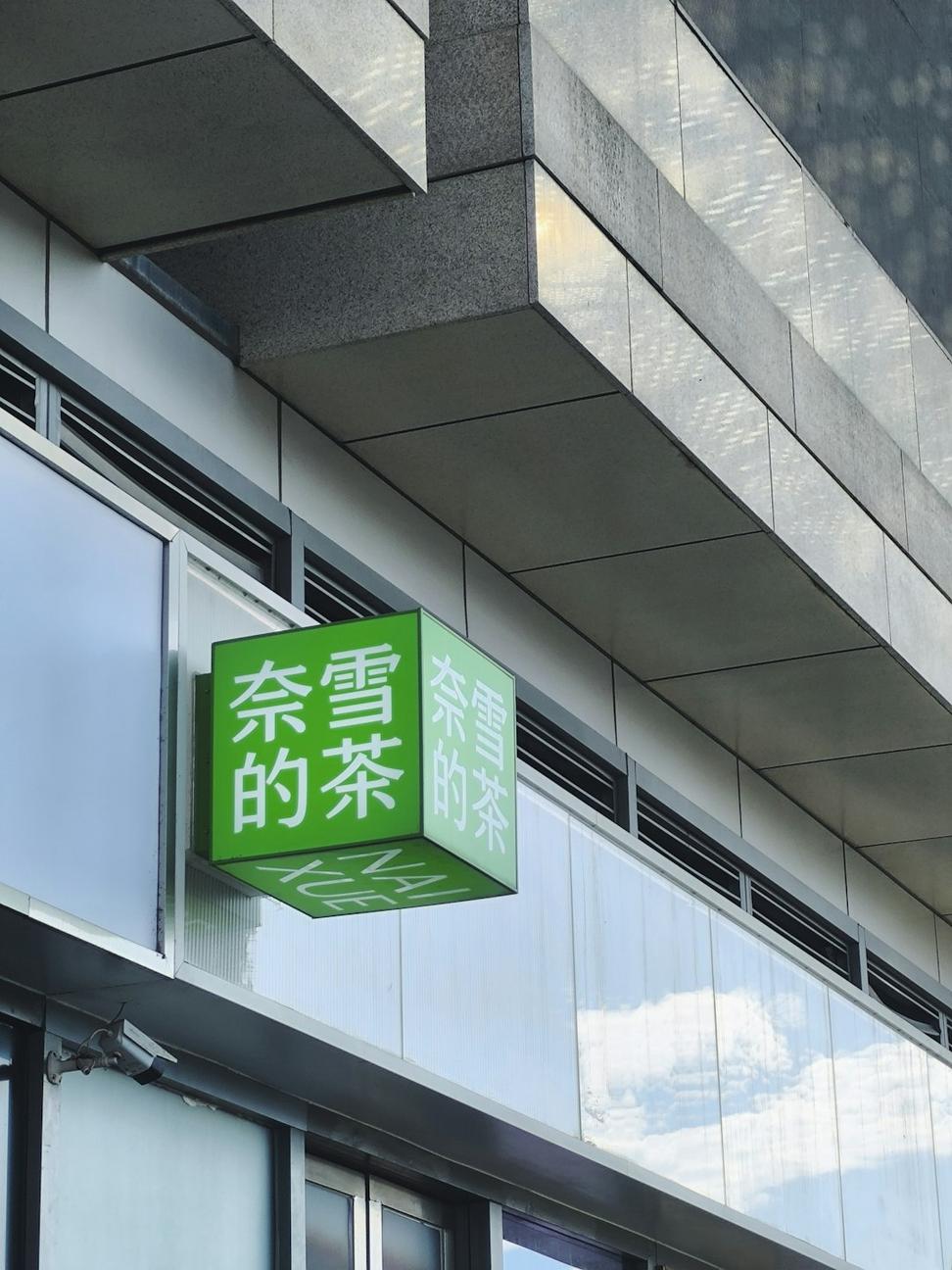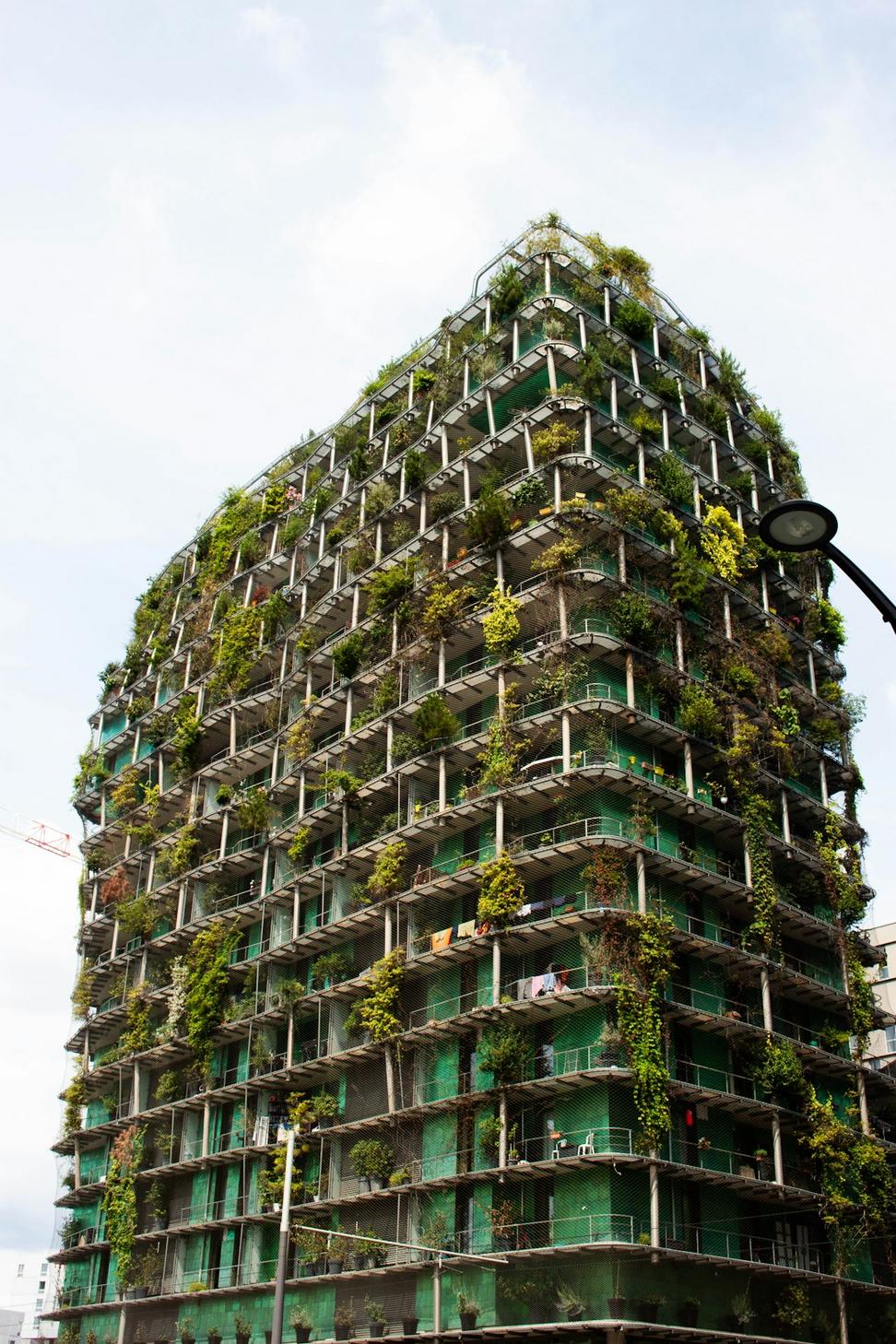
Certifications We Actually Use
Certifications aren't just wall decorations. They're frameworks that keep us honest and give clients measurable results. Here's what we're working with:
LEED Certification
We've completed 12 LEED projects (Gold and Platinum). The process can be tedious, but the energy savings are legit.
Passive House
Three certified projects so far. It's the toughest standard out there, but those heating bills basically disappear.
Net-Zero Ready
We're designing buildings that can hit net-zero with today's tech—solar panels, geothermal, the works.
